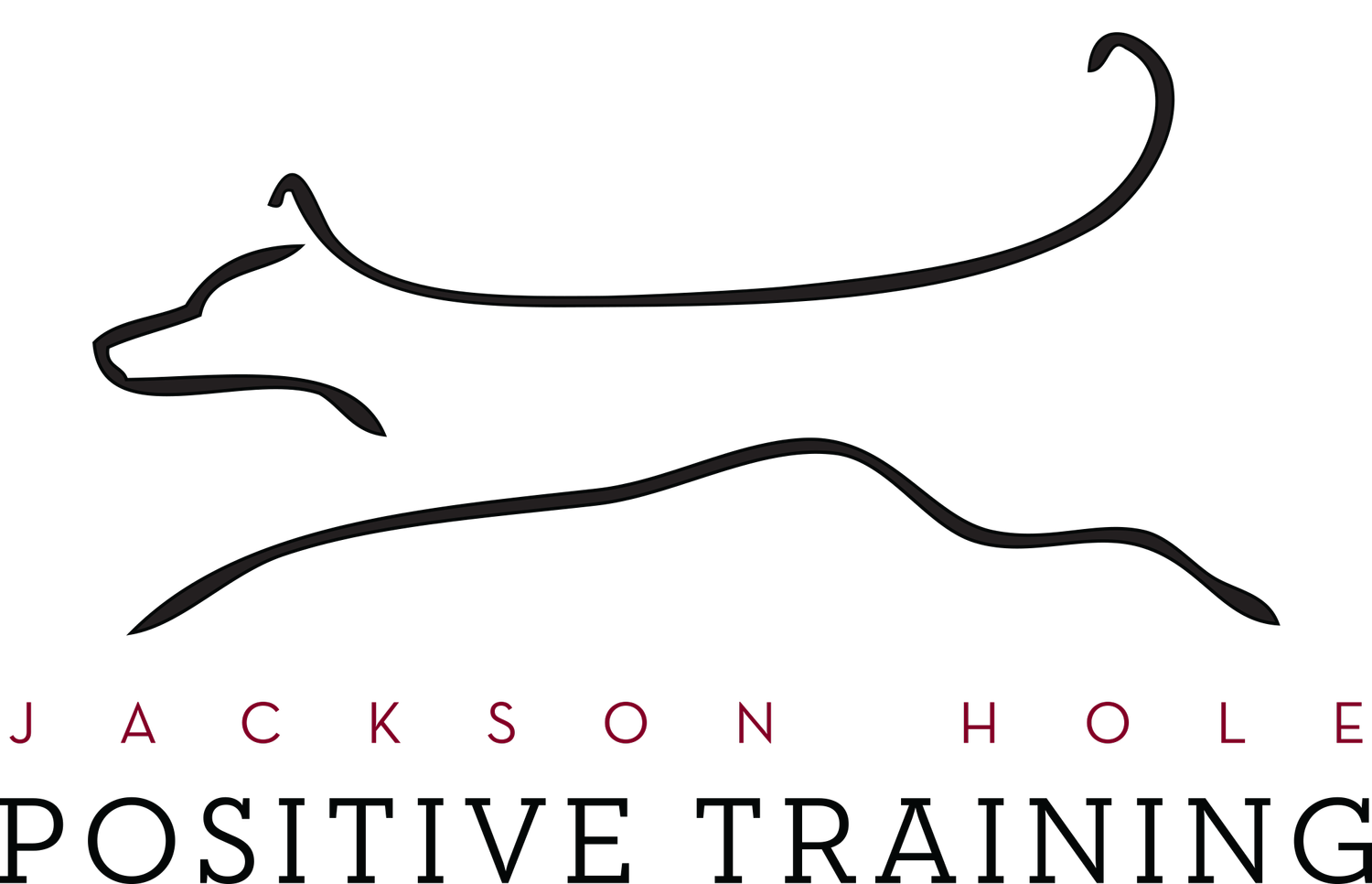Rethinking the Obedience Model
Another year is upon us. It’s a great time to rethink old ideas, about what might be outdated or no longer serving us or our dogs well. What really needing some updating in the dog world? I’d say it’s time to look beyond the old “obedience” model as the only route towards living harmoniously with dogs.
This model that has us believing that a dog who obeys, who is compliant, who does what they are told immediately regardless of the situation is the holy grail of dogdom. Something to admire. Unfortunately this model is also tangled up with unrealistic expectations of dogs, punishment, and submitting to authority - but even with force-free methods, the focus is still on manipulating dogs behave in a way we dictate. But obedient is not the same thing as being well-behaved, or happy, or well-adjusted.
Nonetheless, thanks to this ideal, that’s what people consistently seek: learning how to actively manipulate a dog’s behavior to achieve compliance. And if compliance isn’t achieved, more “training” is thought to be needed.
Of course, why dogs behave the way they do is more complicated than that - just think about your own behavior and all its ingredients - and we now recognize there are more important influences than “training”. It’s interesting that most people recognize that dogs have emotions as well as an individual history and personality. And yet, often still can’t see past the “obedience” goal, that all dogs should be programmed to behave in a very specific way. We’ve begun to move beyond this with children, but are still stuck there when it comes to dogs.
Some of this may stem from aspects of human nature: the fact that a feeling of control can increase one’s sense of safety; from a desire for a quick “fix”, or to simplify something complicated…but what culture instills in us is definitely a large influence too.
One of the most longstanding, damaging and pervasive American cultural beliefs is that humans are superior to all other species; having other animal species do as we say or wish became the way we generally interacted with them. Even for those of us who think this is untrue, subconsciously that idea remains.
We know humans and dogs coevolved, have been living together for at least 10,000 years, and both species are hard wired for cooperation. So how did the “obedience” model become so prevalent?
People and dogs had been collaborating for years with common goals of hunting and herding, but by the mid 1800s there was increasing awareness about how humans could change canine behavior through active manipulation. After WWII, with a growing US population, the increasing complexities of suburban living, and more widespread knowledge about “how to”, there arose a growing interest in “obedience training” as both a hobby and as something every dog owner should strive for.
Obedience then became the go-to answer for all the challenges encountered with dogs - which, given the ever changing landscape of our society, seems to be only increasing in present day times. While the development of kinder, gentler positive reinforcement methods were certainly a huge improvement over punishment- and force-based methods, it’s still a model that focuses on manipulating behavior using extrinsic motivators.
Am I suggesting that we can live happily and safely with dogs without “obedience training”? Yes indeedy I am. Remember, just because we aren’t “training” (actively manipulating behavior) doesn’t mean a dog isn’t learning. Dogs learn all kinds of ways, and direct intervention is probably less important than we are culturally are led to believe.
Does this mean we shouldn’t be teaching our dogs? Does this mean working towards behavior change is not a good idea? That we shouldn’t work towards helping our dogs learn things that will improve their quality of life in the human landscape, or keep them safe? That there aren’t specific tasks for which “training” is actually a good idea? Or that some dogs don’t enjoy structured “training”?
Not at all. I (and many others in the dog world) just think we can work towards this differently. With less “Behave the way I think you should behave” and more “I am listening”.
Let’s move beyond the old obedience model, whose sole focus is changing behavior with no regard for its purpose, to one in which we first look at why said behavior is happening and what it means. Behavior is an expression of need. Behavior is communication. Often undesirable behaviors which we often label as “bad” serve a purpose for the dog. (And who is the judge of a behavior as good or bad anyway?…but that’s a subject for another time.)
So no, this isn’t at all to say we should just let dogs run amok. Like any social species, dogs need rules and guidelines for how to live in a family. They also need to feel safe and heard, which means having people who know how listen and how to respond. Remember, good relationships are a two way street. “Obedience training” doesn’t touch on any of these foundational aspects. Obeying is a one way street. It might serve us, but does it serve our dogs? We have increasing evidence that it does not. Remember, obedient does not mean happy, or comfortable, or trusting.
It’s time to move away from the focus on task-oriented “fixing” or “changing” behavior, and start moving towards a different approach, seeking first to understand before being understood. Here’s to 2024 as being the year we make the world an even better place for dogs and the people they share their lives with!

